What if sea monsters are real creatures?
What if sea monsters are real creatures?
Introduction
Since the earliest days of sailing, humans have whispered about mysterious beings lurking beneath the waves. From the Kraken dragging ships into the deep to serpentine shadows slithering under moonlit waters, sea monsters have haunted myths, legends, and sailors’ imaginations for centuries.
But what if those ancient tales weren’t just stories? What if sea monsters are, or once were, real creatures, undiscovered species that science hasn’t yet fully explained? The ocean covers more than 70% of our planet, and we’ve explored less than 20% of it. That leaves a lot of room for the unknown.
So, what’s really hiding in the deep? Let’s dive in.
The Origins of Sea Monster Myths
Every culture that touched the ocean has stories about strange creatures that dwell beneath its surface.
- The Norse feared the Kraken, a tentacled beast large enough to drag ships under.
- The Greeks told tales of Scylla and Charybdis, monstrous guardians of treacherous straits.
- Pacific Island cultures described serpents and dragons that ruled the sea.
Many of these stories may have come from real sightings, whales, giant squids, or colossal oarfish seen by sailors who could barely comprehend what they were looking at. When you’re adrift at sea with nothing but dark waves around you, even a shadow can grow into a legend.
Could Sea Monsters Actually Exist?
The ocean is one of the last frontiers of exploration. Scientists discover thousands of new marine species each year, from glowing jellyfish to deep-sea creatures that look straight out of science fiction. Some of these discoveries were once dismissed as fantasy.
1. The Giant Squid
For centuries, sailors spoke of enormous tentacled monsters attacking their ships. Scientists dismissed these as myths until the giant squid was photographed alive in 2004. These creatures can grow over 40 feet long, with eyes the size of dinner plates.
2. The Colossal Squid
Even larger than the giant squid, this deep-ocean predator is rarely seen and even more mysterious. Its beak is powerful enough to wound sperm whales, and its size has fueled many Kraken-like legends.
3. The Oarfish
This snake-like fish can reach up to 36 feet long and has a ribbon-like body that undulates through the water—exactly how witnesses have described “sea serpents” for centuries.
These examples remind us that myth often hides fragments of truth.
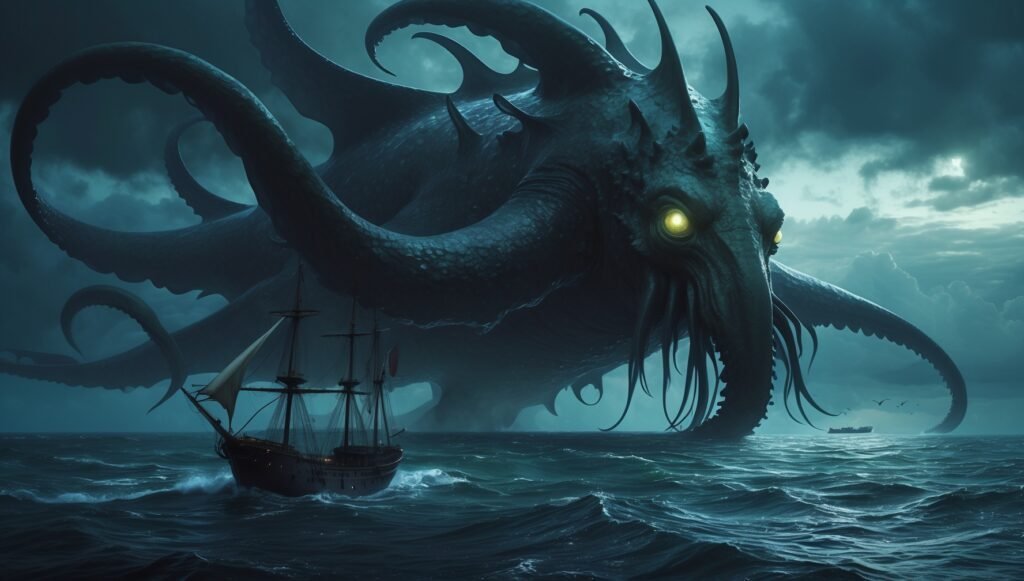
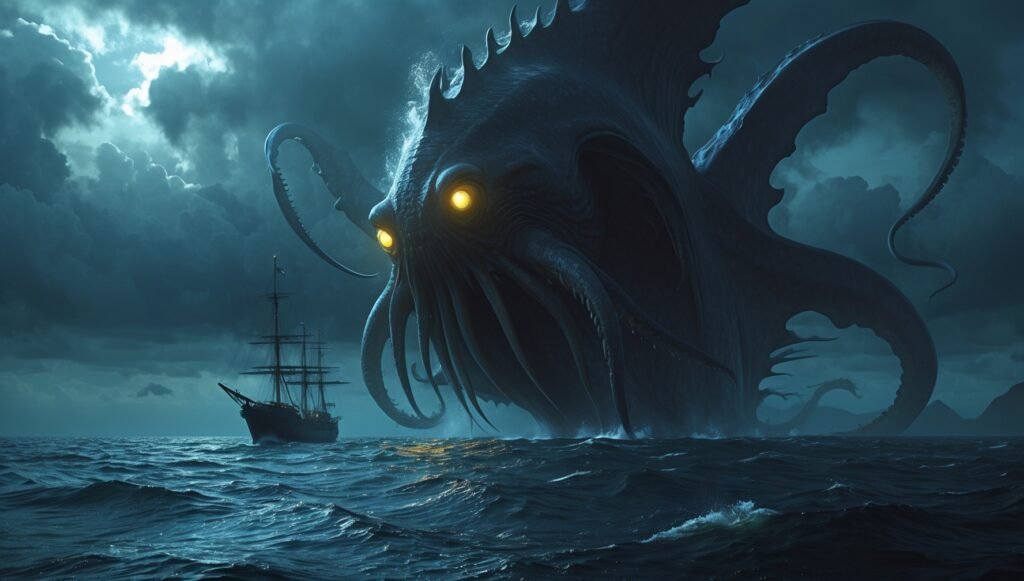
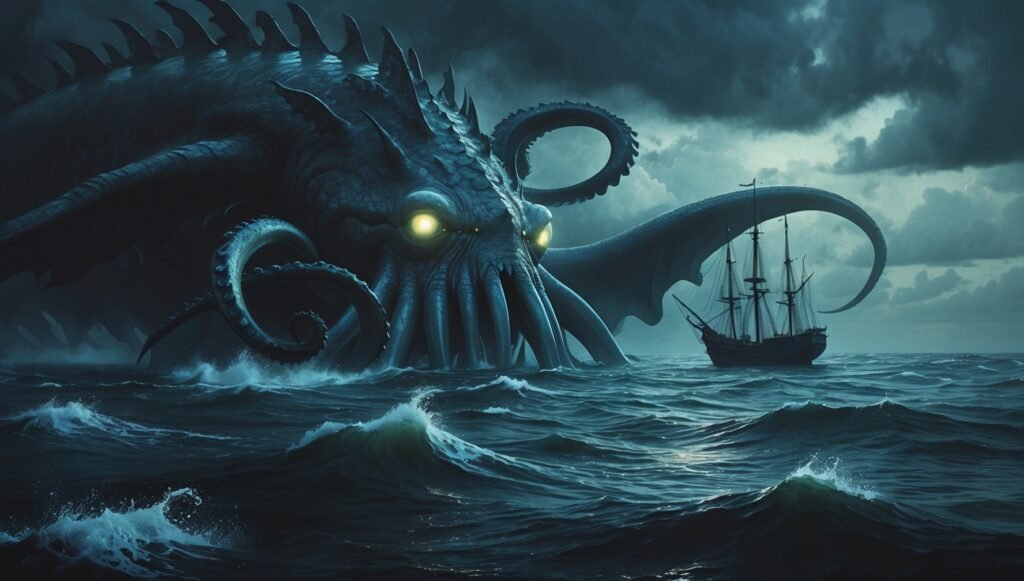
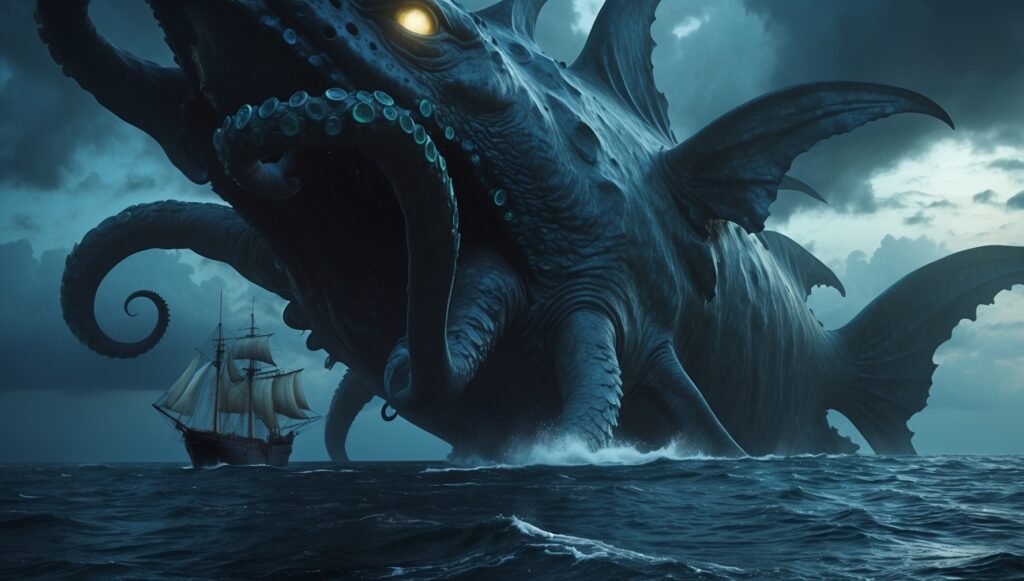
Modern Sightings That Keep the Mystery Alive
Even in the age of satellites and sonar, reports of massive, unidentified sea creatures continue.
- The Bloop (1997): A mysterious ultra-low sound recorded in the Pacific Ocean was once thought to come from an unknown creature. Later, scientists suggested it was ice shifting—but some still doubt that explanation.
- Ningen (Japan): Modern sailors and fishermen in Antarctic waters have reported encounters with pale, humanoid sea beings the size of whales.
- Unidentified Submersible Objects (USOs): Like UFOs, there are reports of fast-moving underwater objects that defy explanation.
If such reports are even partly true, it could mean the ocean still hides secrets far stranger than we can imagine.
The Science Behind the Mystery
Biologists and oceanographers agree on one thing: we’ve barely scratched the surface of life beneath the sea. The deep ocean is dark, cold, and incredibly vast, making exploration difficult due to these conditions.
Life there adapts in ways we can barely comprehend:
- Some fish create their own light through bioluminescence.
- Others can withstand crushing pressure thousands of meters below.
- There are even organisms that feed on chemical energy instead of sunlight.
If life can thrive in such alien environments, who’s to say there aren’t massive, intelligent, or ancient creatures hidden in the deep?
What If Sea Monsters Are Ancient Survivors?
Some scientists have speculated that deep oceans could be home to living fossils, species that have survived for millions of years, unchanged. Creatures like the coelacanth, once thought extinct for 65 million years, were rediscovered alive in 1938.
So maybe myths about giant serpents, dragons, or leviathans aren’t entirely false; they could be ancient species that learned to hide in the depths where humans rarely look.
Key Things to Consider
- The ocean remains largely unexplored.
- New species are discovered every year, often resembling mythological creatures.
- Ancient myths may hold traces of real encounters with unknown marine life.
- Modern sightings and unexplained sonar data suggest there’s still more out there.
Our Thoughts
It’s easy to laugh off sea monsters as sailor stories or superstition. But when you realize how little we truly know about the ocean, those stories start to sound less ridiculous. Humanity has always feared what it doesn’t understand, and the sea, vast and mysterious, is the perfect place for the unknown to hide.
Maybe sea monsters were never fantasy at all, just early witnesses trying to describe the indescribable. And perhaps, deep beneath the waves, they’re still there, watching from the dark.
🔗 Related Articles from EdgyThoughts.com
🌐 External Resource
Curious about cryptozoology and unexplored marine life? Read more on Cryptozoology at Wikipedia.
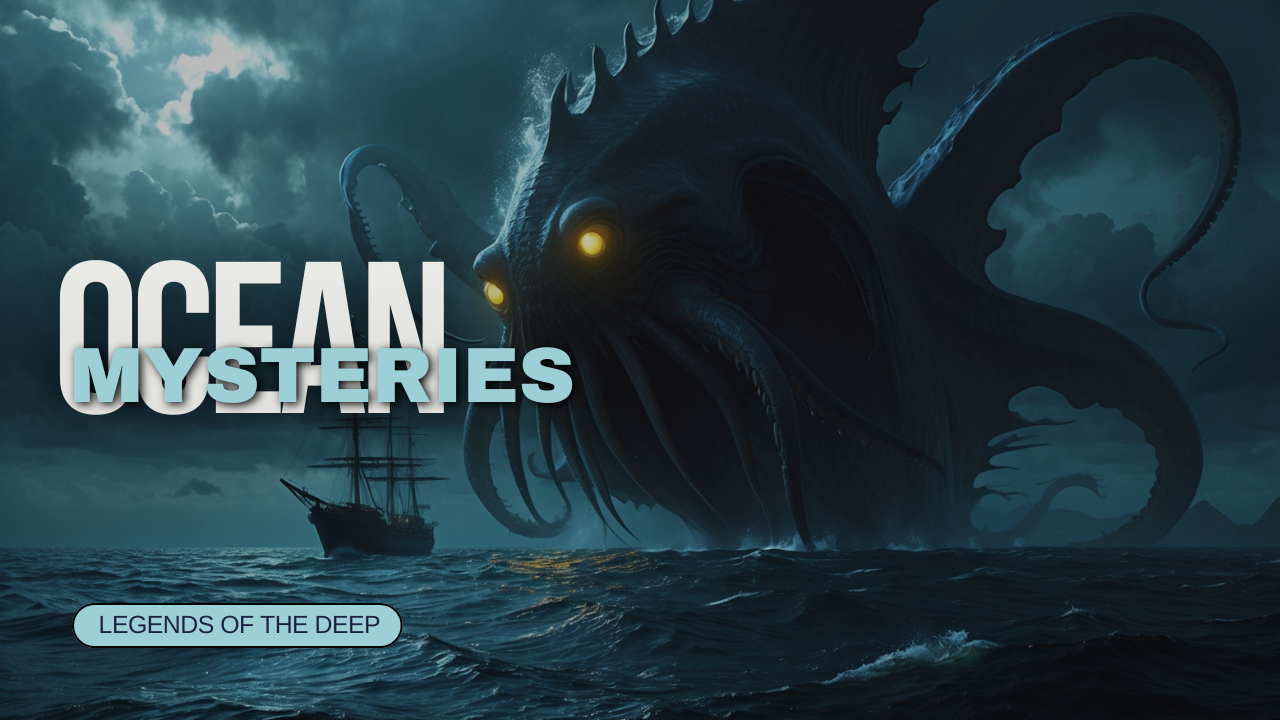
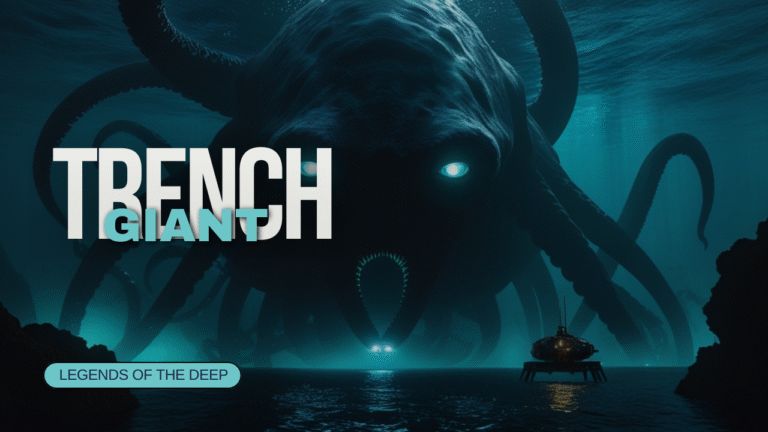
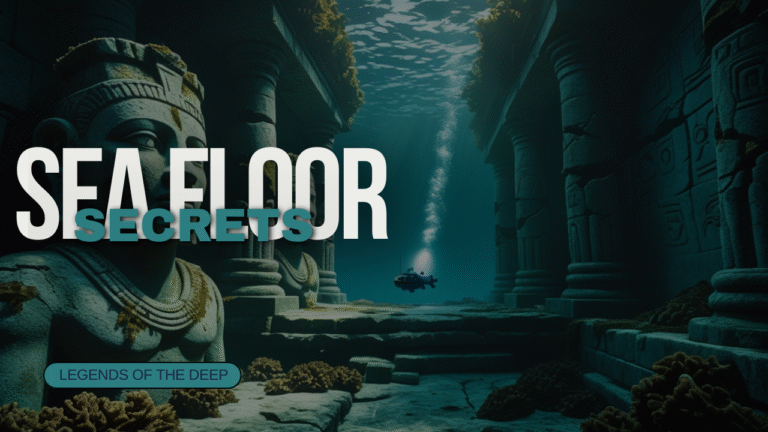
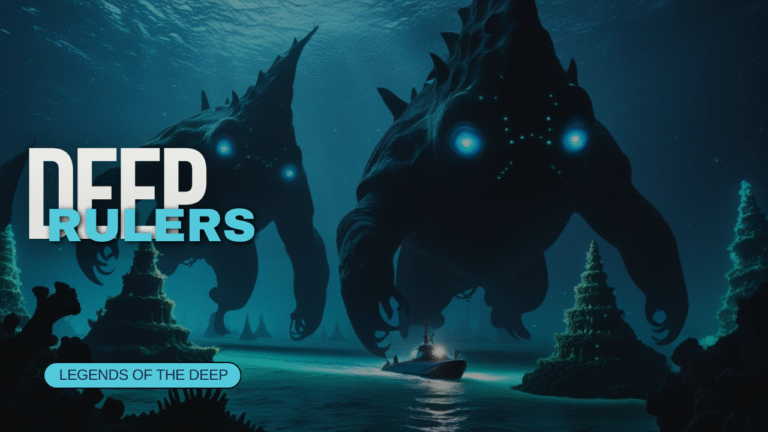
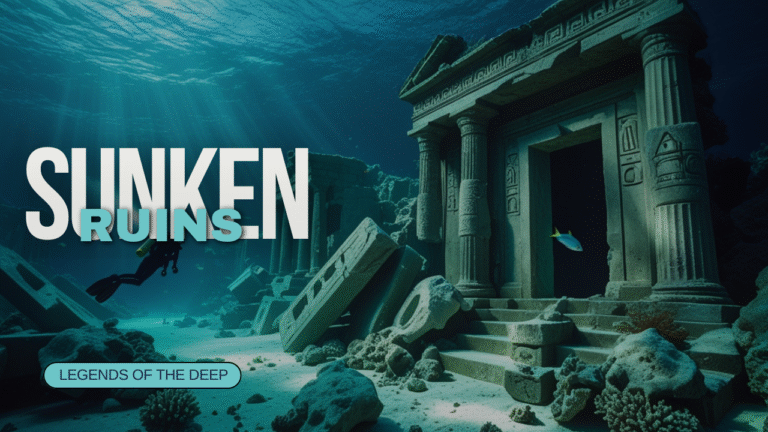
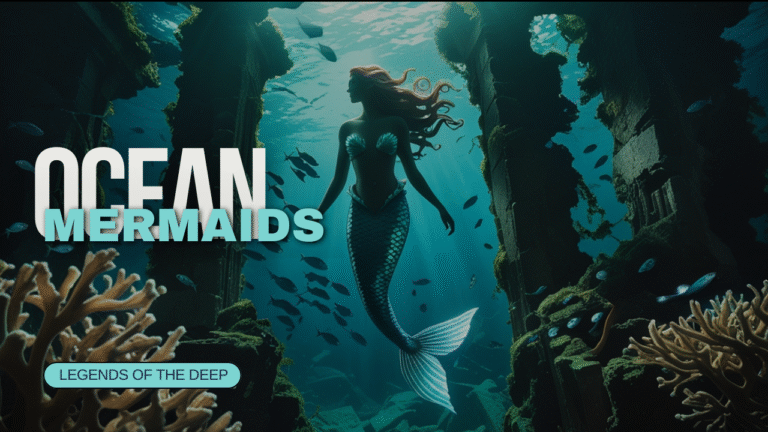
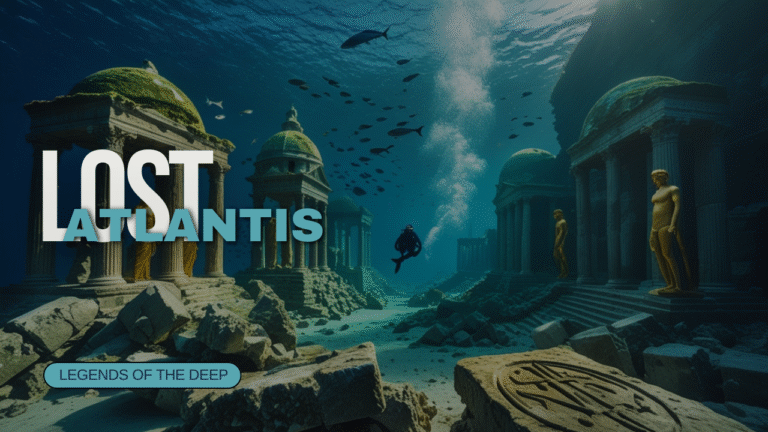
One Comment
Comments are closed.